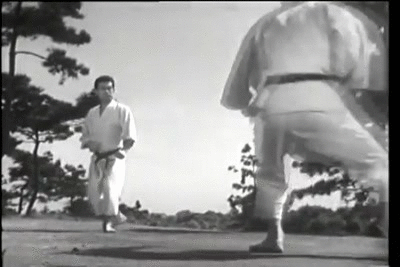When I Was a Young Man - Keinosuke Enoeda
Posted by on Tuesday, January 14, 2014,
In :
Proverbs & Quotes
Sensei Chojun Miyagi Teaching Goju Ryu Students
Posted by on Thursday, May 30, 2013,
In :
Photography
Sensei Gichin Funakoshi Demonstrating Basics
Posted by on Thursday, December 6, 2012,
In :
Photography
Sensei Anko Itosu with Kenwa Mabuni & Gichin Funakoshi
Posted by on Saturday, August 25, 2012,
In :
Photography
Tags
aikido america ancient history archery boxing boxing artwork boxing photography brazil britain bruce lee capoeira capoeira photography china early modern history france greece history italy japan judo jujitsu karate karate photography karate video kata kendo korea kung fu kung fu artwork kung fu photography legendary masters medieval history mma modern history muhammad ali okinawa photography rome samurai samurai artwork samurai photography sensei gichin funakoshi shaolin shotokan kata swords taekwondo war war photography world war one wrestling








































